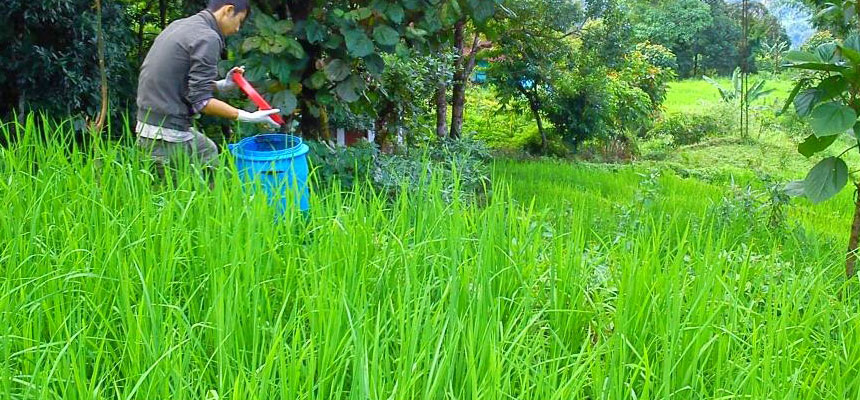According to the United Nation, the world’s total population was around 7.6 Billion in 2011. This graph is expected to reach 8.6 Billion in 2030 and 9.6 Billion in 2050. But, the lands available for agriculture all over the world are limited. Therefore, it is a global challenge to not just feed but provide proper nutrition to everyone. To meet this global food security challenge the world focused on the green revolution. But excess use of artificial fertilizers and pesticides led to the degradation of soil and also started contaminating our foods.
Cancer, blue baby symptom, and a few more disorders today are caused due to food pollution.
Also, millions of people are suffering from some type of malnutrition. Almost 1.9 billion adults are overweight and around 462 million are underweight all over the globe. South Asia has the worst condition in comparison to the rest of the world. It is estimated that out of ten in one children born are underweight. The infant death rate is also recorded to be the highest in South Asia.
Inexpensive food does not always mean they are healthy and nutritious. Therefore, our governments need to make sufficient policies to ensure the availability of foods at affordable rates.
Long and extensive use of chemical fertilizers and pesticides did increase the production of crops in the short-run but had ultimately led to the degradation of food production as well as quality. Apart from this, such agricultural practices are polluting our environment especially our water resources. To overcome this issue, the world has now started looking for some alternative methods such as organic farming.
Organic farming is one of the best methods to grow quality products without degrading natural resources.
Today we need sufficient farming techniques that not just fulfill our food requirements in the future but also should be pollution-free. One of the possible solutions to this problem is precision agriculture. Precision agriculture is all about doing the right thing in the right place and at the right time. This is done with the help of satellites for remote sensing and data collection.
Today, scientists and agronomists are looking at precision agriculture as a possible solution for the global food security challenge. However, being an emerging technology it still needs to be understood and explored on a broad level especially in a developing country like ours.








.jpg)
PCOS.jpg)
BIOFILM.jpg)
.jpg)
Food-Poisioning.jpg)
IBS.jpg)
Lung.jpg)
.jpg)
.jpg)
.jpg)
.jpg)
.jpg)
.jpg)